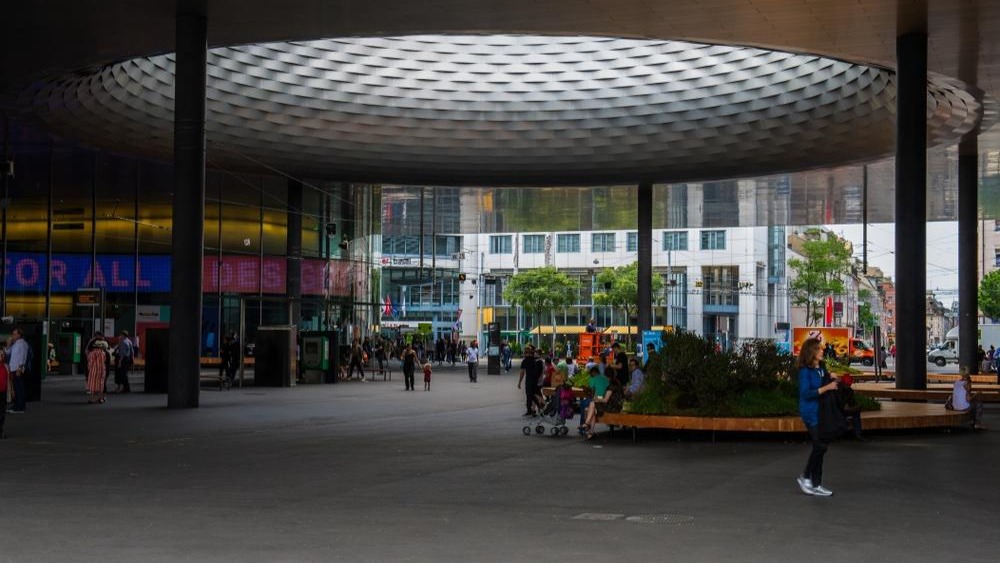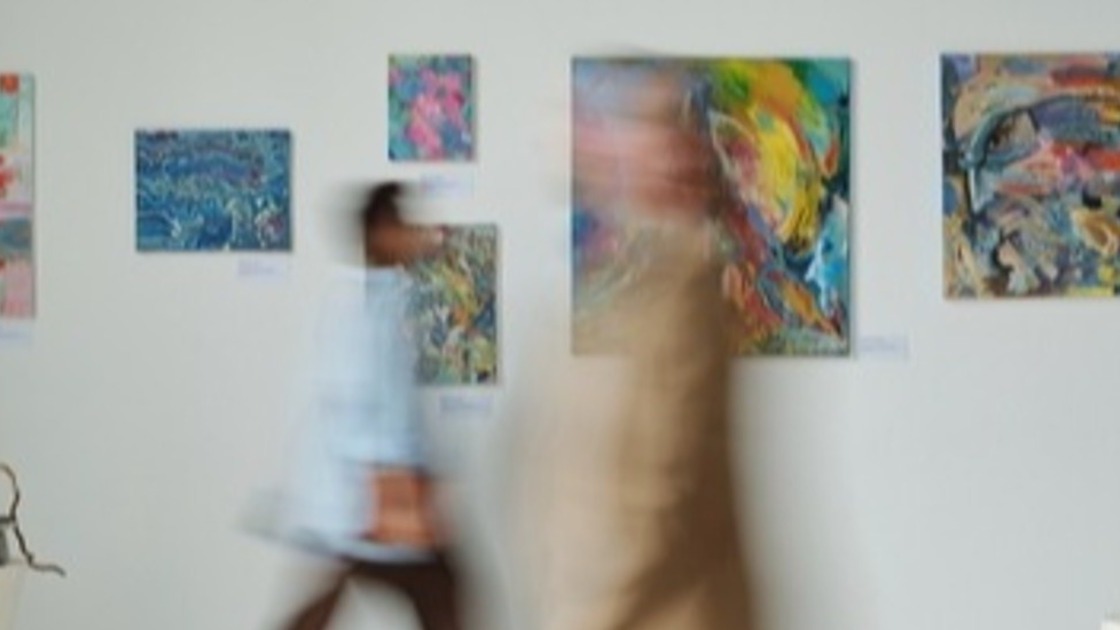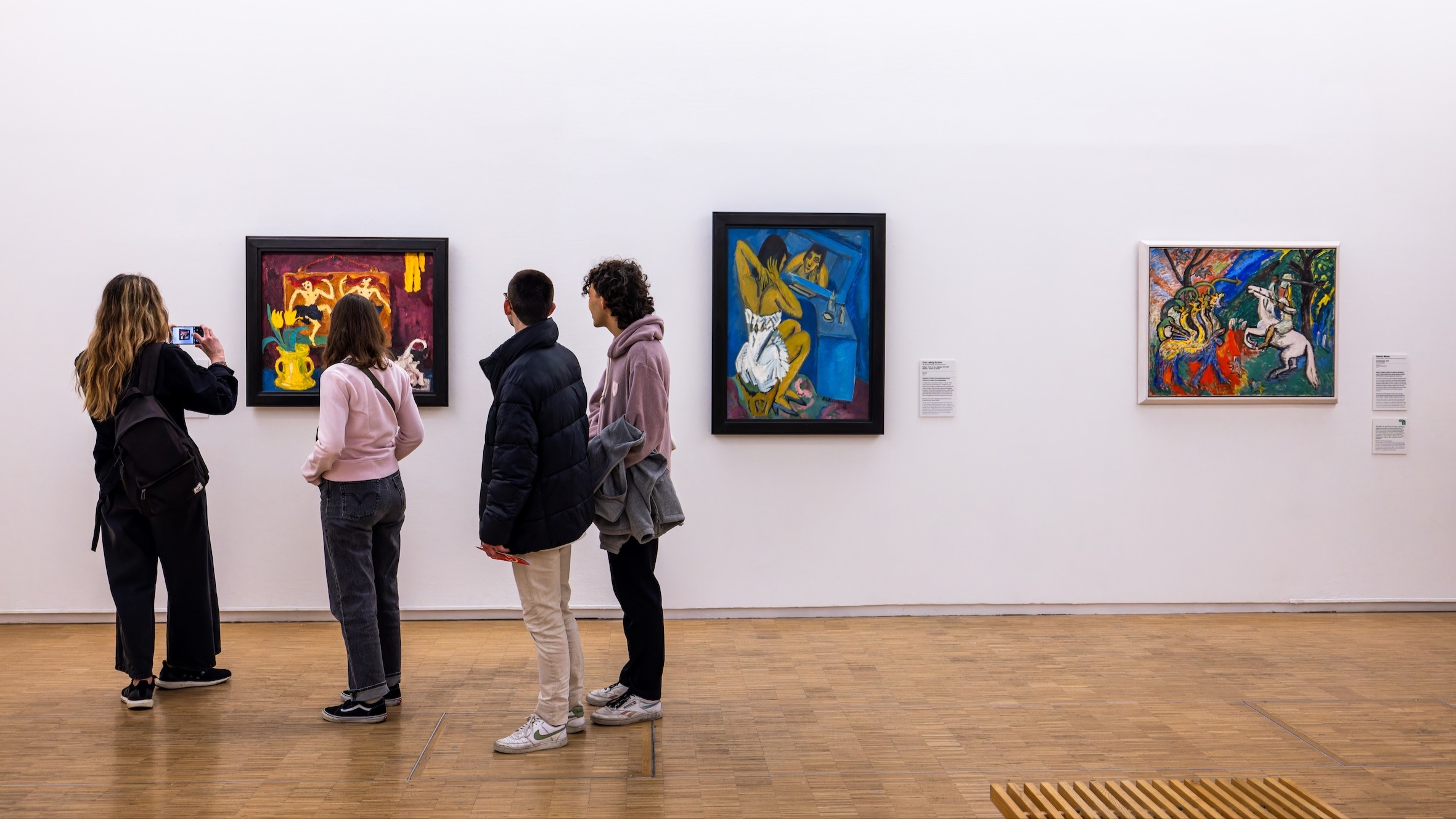
A Recap of ‘The Art Basel & UBS Survey of Global Collecting 2024’
The Art Basel & UBS Survey of Global Collecting 2024, conducted by Arts Economics, sheds light on evolving trends in the art market, including the spending behaviour of high-net-worth individuals (HNWIs), generational shifts and the impact of broader economic pressures. Amid a backdrop of fluctuating global wealth, high interest rates and geopolitical fragmentation, this survey of over 3,660 HNWIs provides insights into how collectors are adapting to these challenges while revealing shifting preferences in the art they acquire and the channels they use. Here are some of our key findings from the report:
Market Overview and Resilience Amid Global Headwinds
-
The global art market contracted by 4% to $65 billion in 2023, with auction sales from leading houses like Christie’s and Sotheby’s declining by 26% in early 2024. However, despite economic pressures, demand for art and antiques persisted, as seen in consistent growth in art imports, which rose 6% in 2023 to reach a peak of $33 billion.
Spending Trends and Generational Preferences
-
Gen X leads art spending, averaging $578,000, while millennials showed the sharpest decline in average expenditure, halving to $395,000. This shift reflects Gen X’s role as market front-runners and the contrasting approaches to art and speculative investments among younger buyers.
-
Art remains integral in HNWI collections, with allocations peaking at 24% of total wealth in 2022, though this figure fell to 15% in 2024 amid economic uncertainty.
Investment in Emerging Artists and Gender Inclusivity
-
Collectors increasingly favour emerging artists, allocating 52% of their art expenditure to new voices, while established artists saw reduced spending.
-
Notably, the share of works by female artists in HNWI collections reached a record 44% in 2024, with significant support from collectors spending over $10 million, who dedicated over half of their budget to female artists.
Diverse Purchasing Channels and Digital Integration
-
Dealers remained the top channel, engaging 95% of collectors, followed by auctions. Collectors embraced a multichannel approach, with 72% purchasing directly from dealer websites and 43% through social media.
-
Art fairs experienced a slight uptick in attendance, reflecting a continued preference for in-person buying.
Legacy and the Impact of Wealth Transfer
-
With a projected $6 trillion in billionaire assets anticipated to transfer in the next two decades, generational wealth dynamics are set to impact the art market significantly. A majority of HNWIs (91%) hold inherited works, with 72% keeping at least some of these pieces. This trend could lead to increased demand for diverse works as younger generations reshape their collections.
The 2024 Art Basel & UBS survey underscores an art market in transition, influenced by both external economic challenges and internal shifts in collector preferences. While Gen X maintains the largest share of art expenditure, emerging generations are exploring new artists and forms, gradually reshaping the market landscape. Despite ongoing economic pressures, art remains a resilient asset class, bolstered by digital integration and a steady demand for diverse and inclusive collections. As wealth transfer accelerates in the coming years, the market may see further evolution in collector priorities and engagement across global platforms.
Sources:
-
The Art Basel & UBS Survey of Global Collecting 2024 by Arts Economics.
-
Artnews. (2024). Art Market Spending While Total Volume on the Rise. Retrieved from artnews.com.
-
The Art Newspaper. (2024). Gen X are Spenders; Art Speculative Millennials. Retrieved from theartnewspaper.com.




